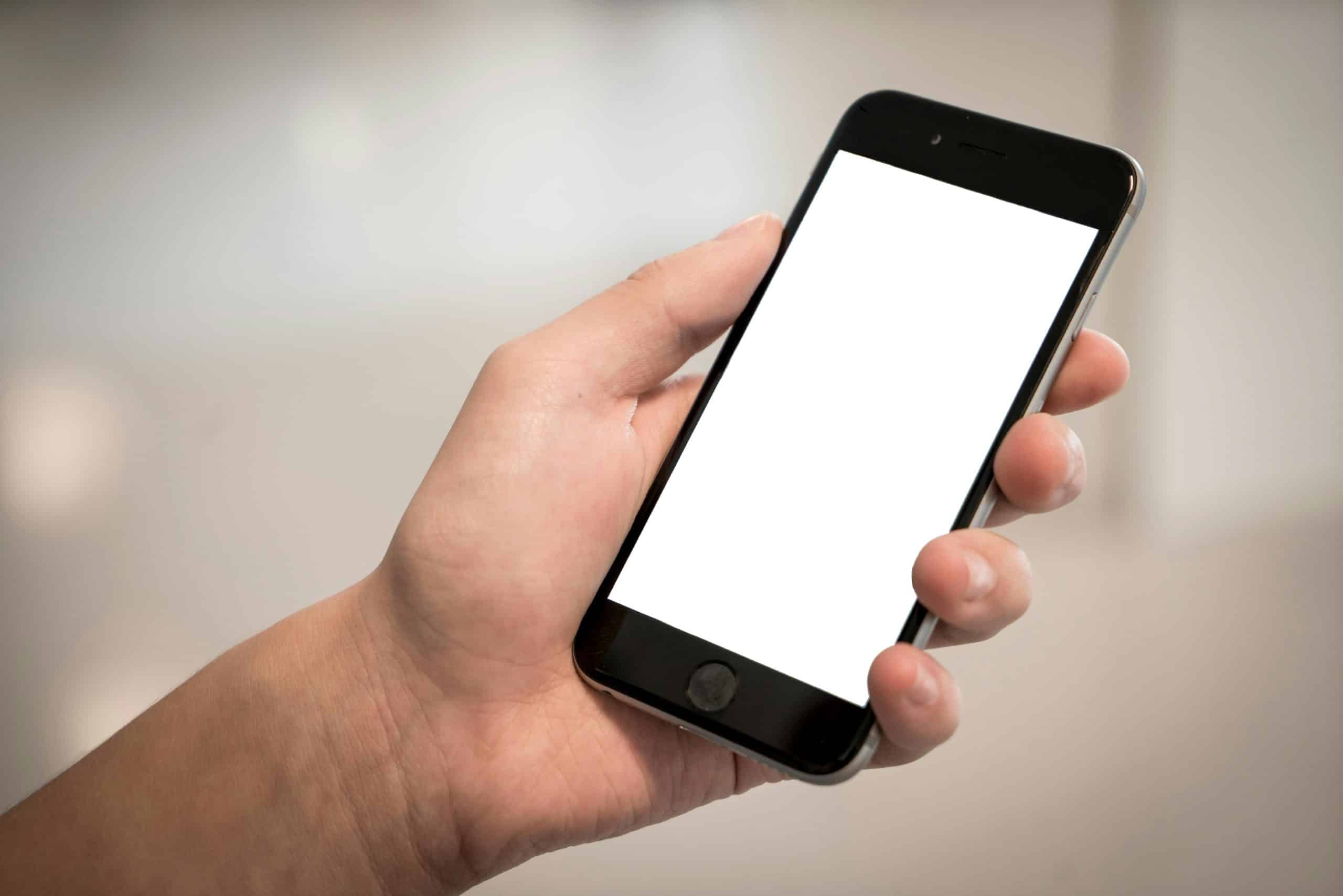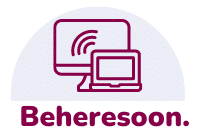
What Are the Techniques for Using Your Smartphone to Optimize Home Energy Consumption?
In today's fast-paced world, managing your energy consumption can seem like a daunting task. However, technological advancements have provided us with the tools to make your home more energy-efficient without sacrificing comfort. This article explores how using your smartphone can help you optimize home energy consumption, reduce bills, and contribute positively to the environment. By leveraging smart devices, apps, and some practical saving tips, you can take control of your energy usage from the palm of your hand.
Harnessing the Power of Smart Devices
Smart devices are revolutionizing the way we interact with our homes, making it easier and more convenient to manage energy consumption. From smart thermostats to intelligent lighting systems, integrating these devices with your smartphone can significantly enhance energy efficiency.
A lire en complément : How to Configure Your Smartphone for Enhanced Privacy and Security Settings?
Smart Thermostats
One of the most effective devices for optimizing home energy consumption is the smart thermostat. Unlike traditional thermostats, smart thermostats allow you to control your heating and cooling systems remotely. This energy-efficient technology learns your preferences and adjusts the temperature accordingly, ensuring that your home is always comfortable while minimizing energy usage. For instance, you can lower the temperature when you're not at home and have it warm up just before your return. This reduces electricity consumption and leads to considerable energy savings.
Intelligent Lighting
Lighting is another area where smart home technology can make a big difference. By replacing traditional bulbs with smart LED lights, you can control your lighting through a smartphone app. This allows you to turn lights on or off remotely, set schedules, and even adjust the brightness to match your needs. Additionally, smart lighting systems can include motion sensors that automatically turn lights off when a room is unoccupied, further reducing energy consumption.
Dans le meme genre : How to Use Your Smartphone to Create a Custom Work-from-Home Setup?
Energy Monitoring Devices
Understanding your energy usage is crucial to optimizing it. Energy monitoring devices can be installed in your home to track energy consumption in real-time. These devices often come with companion apps that provide detailed insights into where and how your energy is being used. By identifying high-consumption appliances and times of peak usage, you can make informed decisions to reduce your energy bills.
Using Smartphone Apps for Energy Management
Smartphone apps have become powerful tools in the quest for energy efficiency. These apps, available for both Android and iOS devices, offer a range of functionalities that help you monitor and control energy consumption more effectively.
Energy Management Apps
Energy management apps provide a centralized platform to control various smart home devices. Apps like Google Home, Apple HomeKit, and SmartThings by Samsung allow you to manage everything from your thermostat to your lighting with ease. By using these apps, you can create automated schedules, receive alerts on unusual energy usage, and even get suggestions on how to reduce electricity consumption.
Utility Provider Apps
Many utility companies now offer apps that provide insights into your energy consumption. These apps often include features like bill forecasting, usage alerts, and personalized tips for energy saving. By staying informed about your energy usage, you can implement changes that lead to significant savings.
Weather Apps
Weather conditions significantly impact your home energy consumption, particularly for heating and cooling. Using weather apps can help you anticipate changes in temperature and adjust your thermostat settings accordingly. For instance, if you know a cold front is coming, you can pre-heat your home to avoid overworking your heating system when the temperature drops.
Practical Tips to Reduce Your Energy Consumption
While technology provides powerful tools for energy management, adopting certain behaviors and practices can further enhance your energy savings. Here are some practical tips to help you reduce your energy consumption.
Turn Off Unused Devices
One of the simplest ways to save energy is to turn off devices when they are not in use. Many electronic devices continue to consume power even when they are in standby mode. Using your smartphone, you can set reminders or use smart plugs to ensure that devices are completely turned off, reducing unnecessary power consumption.
Optimize Your Thermostat Settings
Setting your thermostat to an optimal temperature can have a significant impact on your energy bills. During the winter, keep your home slightly cooler when you're asleep or away. In the summer, raise the temperature when you're not at home. By making small adjustments to your thermostat, you can achieve substantial energy savings without compromising comfort.
Efficient Water Usage
Heating water accounts for a significant portion of home energy consumption. To reduce this, consider using low-flow showerheads and faucets, which can cut down on water usage without affecting performance. Additionally, only run dishwashers and washing machines with full loads to maximize energy efficiency.
Insulation and Sealing
Proper insulation and sealing can prevent heat loss during the winter and keep cool air in during the summer. Check your home for drafts and seal any gaps around windows and doors. Adding insulation to attics and walls can also make a noticeable difference in your home's energy efficiency.
The Role of Automation in Energy Efficiency
Automation is a key component in achieving optimal energy efficiency. By automating routine tasks, you can ensure that your home operates efficiently even when you're not actively managing it.
Automated Schedules
Most smart home devices, including smart thermostats and lighting systems, allow you to create automated schedules. These schedules can be set up through your smartphone app to match your daily routines. For example, you can program your thermostat to lower the temperature at night and increase it in the morning. Similarly, you can set lights to turn off automatically when you're away, ensuring that your home is not consuming unnecessary energy.
Integration with Voice Assistants
Voice assistants like Amazon Alexa, Google Assistant, and Apple's Siri can be integrated with smart home devices to provide hands-free control over your energy usage. By using voice commands, you can adjust your thermostat, turn off lights, and control other smart devices without lifting a finger. This not only adds convenience but also ensures your home remains energy-efficient.
Geofencing
Geofencing is a feature available in many smartphone apps that uses your phone's location to trigger certain actions. For instance, when your phone detects that you're leaving your home, it can automatically adjust your thermostat and turn off lights. This ensures that your home is not consuming energy when it doesn't need to, leading to significant energy savings.
In conclusion, leveraging your smartphone and smart home technology offers a practical and efficient way to optimize home energy consumption. By integrating smart devices like thermostats, intelligent lighting, and energy monitoring devices, you can take control of your energy usage from anywhere. Additionally, using smartphone apps for energy management and adopting practical saving tips can further enhance your energy efficiency.
The role of automation cannot be overstated, as it ensures your home operates efficiently without constant manual intervention. Whether through automated schedules, voice assistant integration, or geofencing, modern technology provides the tools necessary to reduce energy consumption and save money.
By implementing these techniques, you can create a more energy-efficient home, reduce your electricity bills, and contribute to a more sustainable future. So, take the first step today and start optimizing your home energy consumption with your smartphone.
